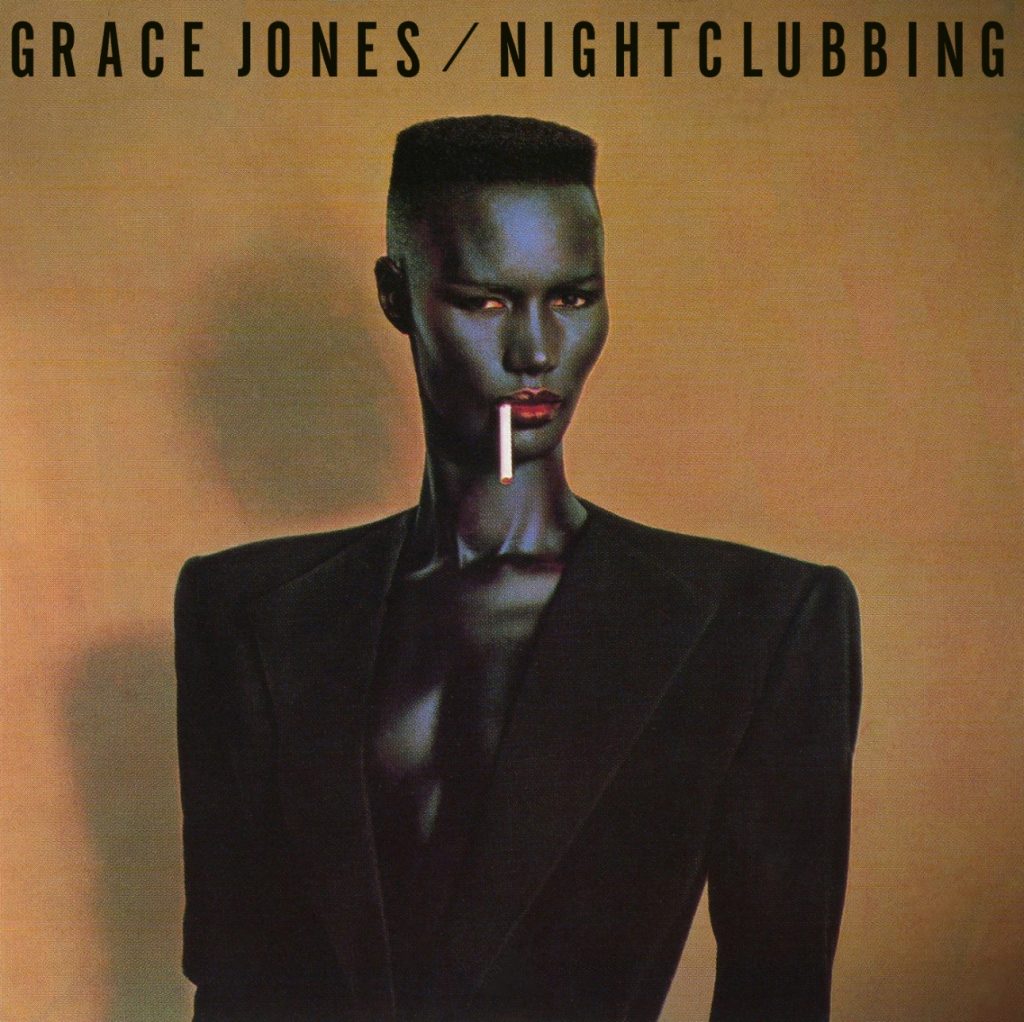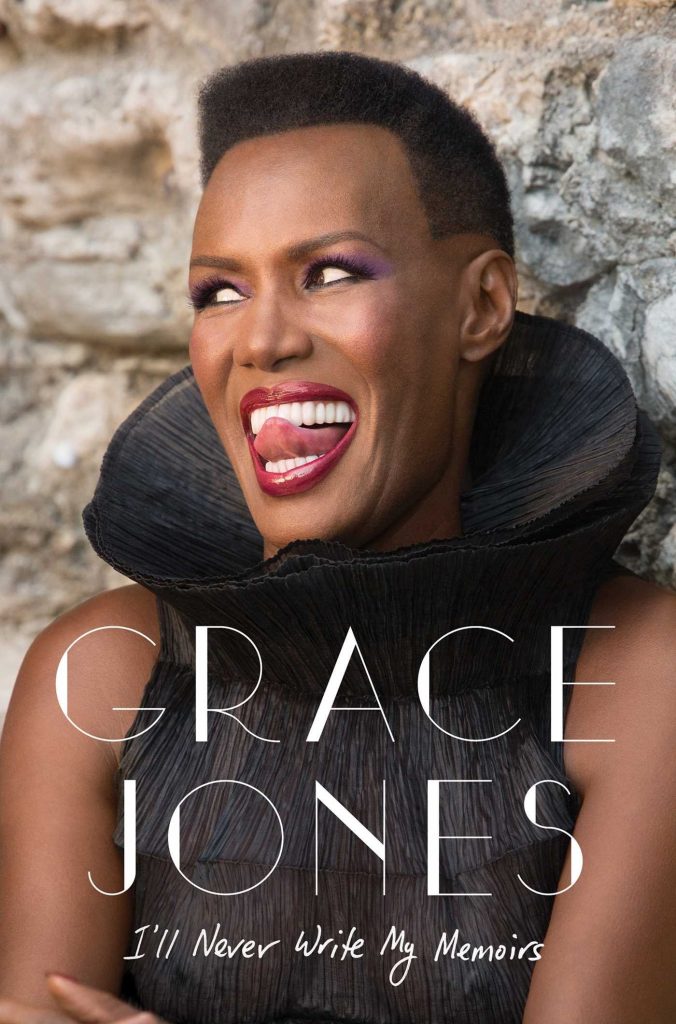On Bank Holiday Weekend, I found myself mulling over what I should do to celebrate Grace Jones’ birthday on May 19th. While out on a walk, the heavens opened and I was drenched. I interpreted this as an omen. Walking in the Rain is the opening number on Grace Jones’ monumental album Nightclubbing, you see. It is thus superstitiously than I decided to write the following review. Grace Jones is a personal icon of mine, if not my greatest inspiration, so forgive my gushing in parts.
In 1980, Grace Jones decamped to Compass Point Studios in Nassau, Bahamas where she worked with producers Alex Sadkin and Island Records’ president Chris Blackwell, as well as a crack team of session musicians rooted by the rhythmic reggae force of Sly & Robbie. Across three critical and commercial hit albums, with 1981’s Nightclubbing as her pinnacle, Jones reinvented herself while also altering the face of modern pop. Pitchfork
Five of the nine songs on the original album are covers. The album opens with a cover of Flash and the Pan’s Walking in the Rain. From the very beginning, Sly and Robbie’s talents are put on full display. Their understanding of beat and rhythm is unparalleled in pop. Grace emerges triumphant singing “feeling like a woman, looking like a man”, one of the defining features in her image. Listen to the bass guitar supporting Jones’ unique vocals. Here, she is the embodiment of power and freedom. There is an otherness to Grace the person and Grace the musician. This is carried through wonderfully in Nightclubbing’s opening number. Jones employs a glacial tempo with haunting equally cold vocals.
Pull Up To the bumper is of course Grace Jones’ most famous song. It is no surprise it was a Top 10 Single. What do you think the song is really about? I’d tell you my opinion but this post will go live before watershed, so I’d better not. In any case this track has a glorious recurring motif and an infectious rhythm, to which we are the slaves, as it were. Listen out for the percussion in the background. It is no wonder, with such a wide arsenal of brilliance, how she inspired so many after her.
Fashion, art, and music all converged in the form of Mrs. Jones and looking out at the 21st century musical landscape, it’s easy to see her influence: Lady Gaga, Rihanna, Nicki Minaj, M.I.A., Grimes, FKA twigs, and more. Beyond that, there’s an entire subset of alternative music that draws on the template set by Jones and her Nassau backing band: Massive Attack, Todd Terje, Gorillaz, Hot Chip, and LCD Soundsystem all emulate those rubbery yet taut grooves of Sly & Robbie and cohorts, a hybrid that amalgamated rock, funk, post-punk, pop and reggae. Pitchfork
And well, that cover. Black, blue, cropped into angles that would actually cut you if you got any closer. That cigarette, hanging there. The genuine ‘don’t **** with me’ article. Terrifying and entrancing at the same time. In pop music, it takes a lot of effort to look effortless, yet in Grace, Jean-Paul Goude had very little to do really. The Quietus
The album adds with the beautifully remorseful Done It Again, a song that showcases Jones’ exquisite vocals. A love song that should be remembered with the greats of the genre. Louder Than War
Ending the album with Done It Again was a masterstroke in sequencing. After putting us through the tumult of the other 8 tracks, we land safely and serenely.
Overall, Nightclubbing is a masterful and essential album. Grace Jones changed the face of pop with the three major Compass Point Studio albums (Warm Leatherette, Nightclubbing and Living My Life) and immortalised herself as a seminal pioneer of music. This truly launched her and led to the torrent of cultural references beyond music for which we know and love her now. I leave you with this wonderful quote from The Quietus:
Nightclubbing made Grace Jones Grace Jones – the Harty-beating, Conan-starring, James Bond baddie, car-swallowing creature that followed. She could quite simply do whatever she liked after this, and did. It demands a place in everybody’s record collection whatever their allegiance, and you’ll never really want for anything more than this exhaustive and vital package. What was perfection has become even more perfect. The Quietus



